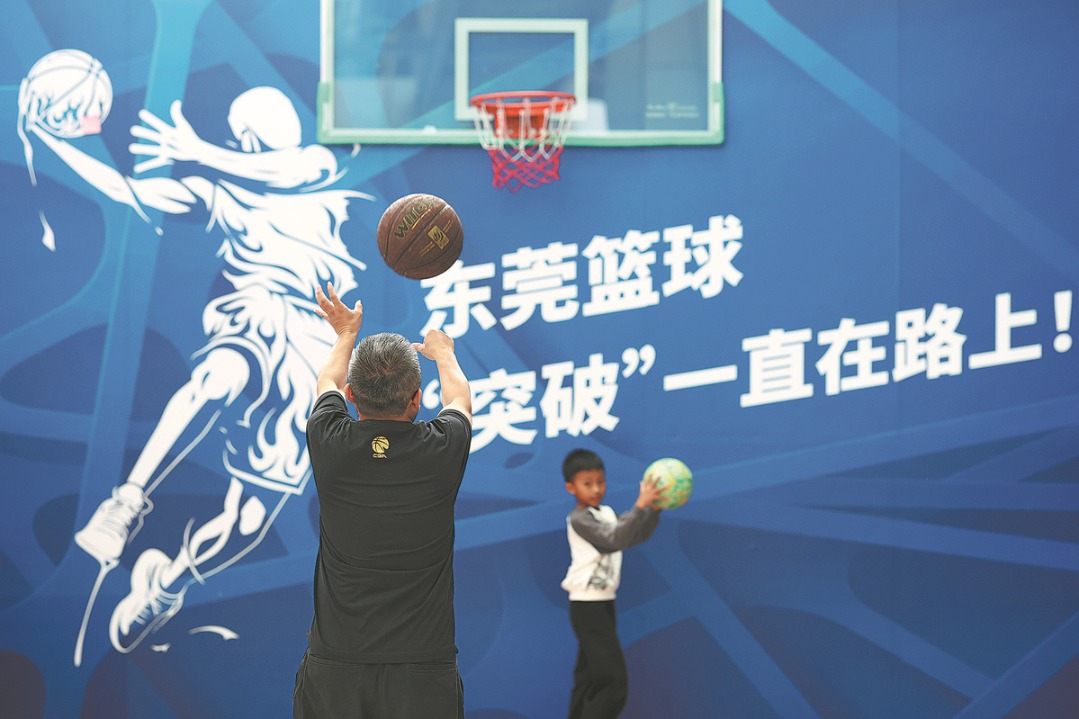Way over the moon

Price is not the only complaint that has surfaced about mooncakes this year.
Recently there was widespread indignation when it was revealed that they can be subject to state income tax if given as a benefit to an employee.
But rising prices and tax gripes aside, Chinese people do not seem to have lost their appetite for mooncakes, so deep are they ingrained in them as part of the Mid-Autumn Festival.
Mooncakes are said to have been originally offered as sacrifices to the moon goddess in the festival.
Traditionally, the pastries are usually filled with lotus seed paste, sweet bean paste, jujube paste and five kernels. The filling is surrounded by a relatively thin-baked crust, which can be chewy, flaky or tender.
Over time, both the crusts and the composition of the fillings have changed, in particular due to a commercial need to drive up sales in the face of intense competition between producers and from other food types.
Two types of non-baked and chilled crusts have appeared on the market, made with glutinous rice and jelly. And fillings in contemporary mooncakes have evolved to include just about anything that can be made into a paste, such as taro and pineapple.
In addition, fillings with ingredients such as coffee, chocolate, nuts, fruits, vegetables and even ham have been added to give a modern twist.
The Mid-Autumn Festival, Zhongqiujie in Chinese, is one of the four most important festivals in China, the others being Spring Festival, Tomb-Sweeping Day and Dragon Boat Festival.
Gao Wei, secretary-general of the Beijing Folklore Society, says that in the Zhou Dynasty (11BC-256 BC), people held ceremonies to greet winter and worship the moon when the moon became full in mid-autumn.
The custom was passed down and by the Tang Dynasty (AD 618-907), the Mid-Autumn Festival had been fixed. It became grander in the Song Dynasty (960-1279) and in the Ming (1368-1644), and Qing (1644-1911) dynasties it grew to be a major festival of China.
"It was in the Tang Dynasty that a kind of cake was linked with the moon for the first time," Gao says.
"But at that time it was not called mooncake and was available for the royal family only.
During Song Dynasty the pastry was handed down to ordinary people, but it could be enjoyed at any time rather than only in the Mid-Autumn Festival.
"It was not really until the Ming Dynasty that mooncakes became the main offering to worship the moon and were only eaten on that special occasion."
Today's Top News
- Xi calls for promoting volunteer spirit to serve national rejuvenation
- Xi chairs CPC meeting to review report on central discipline inspection
- Reunification will only make Taiwan better
- Outline of Xi's thought on strengthening military published
- Targeted action plan to unleash consumption momentum
- Separatist plans of Lai slammed






























